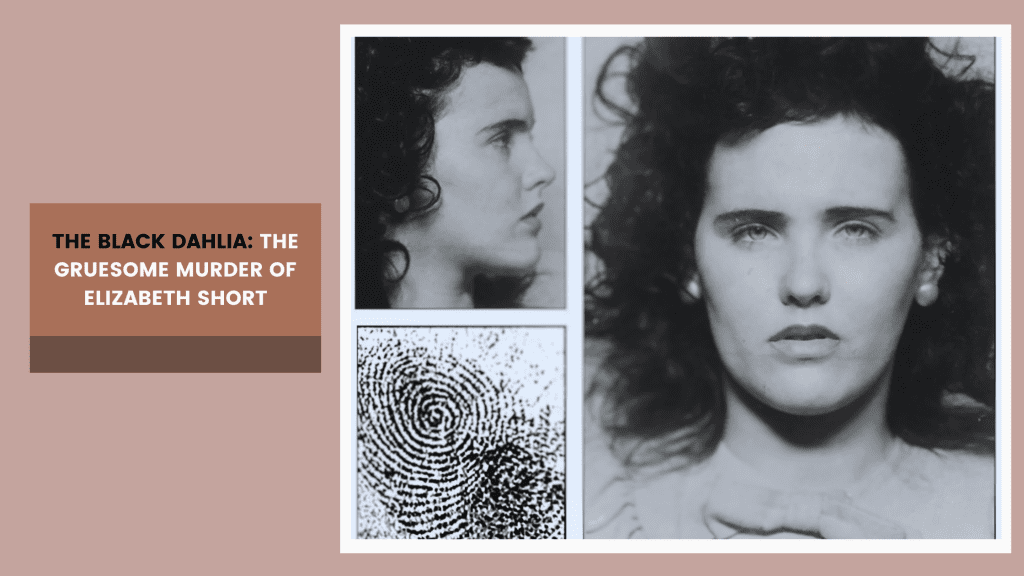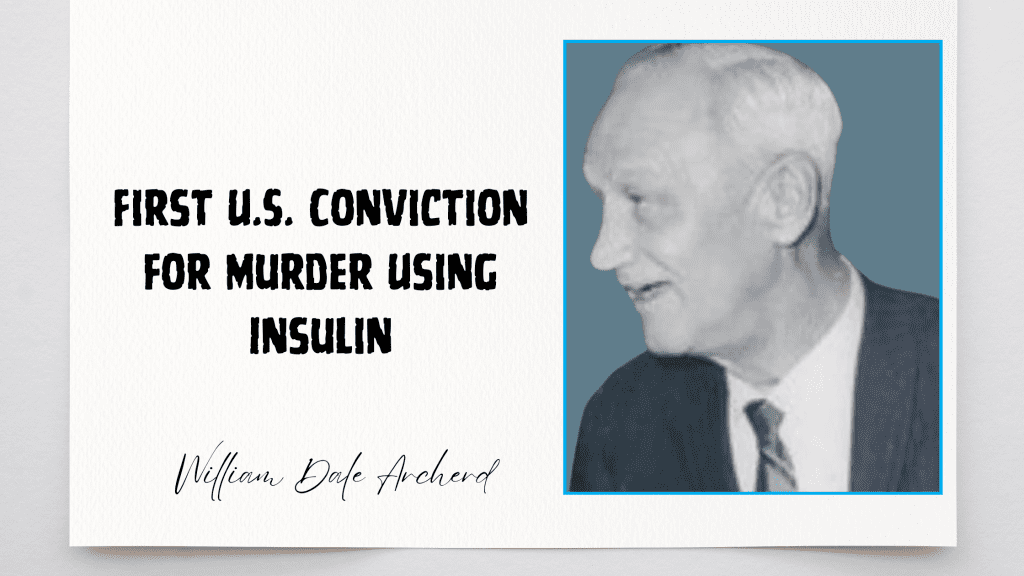When you think of the most dangerous criminals in South Asian history, a few names might come to mind. But if you’re from Bangladesh, Ershad Sikder is unforgettable. More than just a serial killer, he was a ruthless gangster, a political opportunist, and a man who built an empire of fear right under the nose of law enforcement. This isn’t fiction. This was real, and it happened in one of the most densely populated cities in the world.
Who Was Ershad Sikder?
Ershad Sikder was born in the coastal city of Khulna, Bangladesh. Little is known about his early life, except that he came from nothing and built his power through crime, corruption, and absolute brutality.
In the 1990s and early 2000s, Ershad wasn’t just a criminal. He was a mob boss, a politician, and an executioner, all rolled into one. At the peak of his influence, people feared even saying his name out loud. He had one rule: Disloyalty meant death.
A Politician by Day, a Monster by Night
Yes, you read that right. Ershad Sikder was involved in politics, elected as a member of the ruling party at the time. This gave him protection, power, and full access to state resources.
With political backing, he ran extortion rackets, illegal businesses, smuggling operations, and a private torture chamber. Victims didn’t just disappear. They were dragged into his house of horror, tortured for hours or days, and then killed. Sometimes dismembered. Sometimes buried in his backyard. He even recorded some of the executions not as proof, but as trophies.
You can read this: Charles Sobhraj: The Bikini Killer
The Body Count
Official records link Ershad Sikder to over 20 confirmed murders, but locals and investigators believe the real number was far higher, possibly in the hundreds. He killed:
- Political rivals
- Business competitors
- Former associates
- Innocent witnesses
- Even his bodyguards, if they stepped out of line
He didn’t discriminate only eliminated.
The House of Death
His residence in Khulna became infamous. Neighbors reported screams, strange smells, and bodies being removed in the dead of night. But no one dared speak up. Police were either scared, bribed, or complicit. Some even helped dispose of the bodies.
It wasn’t until a change in political climate that his shield cracked. With a new government in place and growing public outrage, authorities finally moved in. What they found shocked even the most hardened officers.
Arrest and Trial
Ershad Sikder was arrested in 2001. During the trial, witness after witness came forward with harrowing testimonies. Survivors recounted being electrocuted, starved, beaten with iron rods, or forced to watch executions as punishment. Still, Ershad showed no remorse. He smiled in court, shrugged off the charges, and acted as if no one could touch him. But this time, even politics couldn’t save him.
Execution: Justice at Last?
In May 2004, Ershad Sikder was hanged at Dhaka Central Jail. His death marked the end of one of Bangladesh’s darkest criminal reigns. But questions remain. How did he operate for so long? Who protected him? And how many people went missing without anyone ever asking why?
Why This Case Still Haunts Bangladesh
Ershad Sikder’s story is more than just another crime case. It’s a mirror reflecting systemic corruption, political manipulation, and what happens when power meets brutality.
Even today, his name stirs unease. His legacy isn’t one of crime, it’s one of fear, silence, and a system that looked the other way for far too long.





Pingback: The Grave Digger: Larry Hall - Serial Killers Perspectives